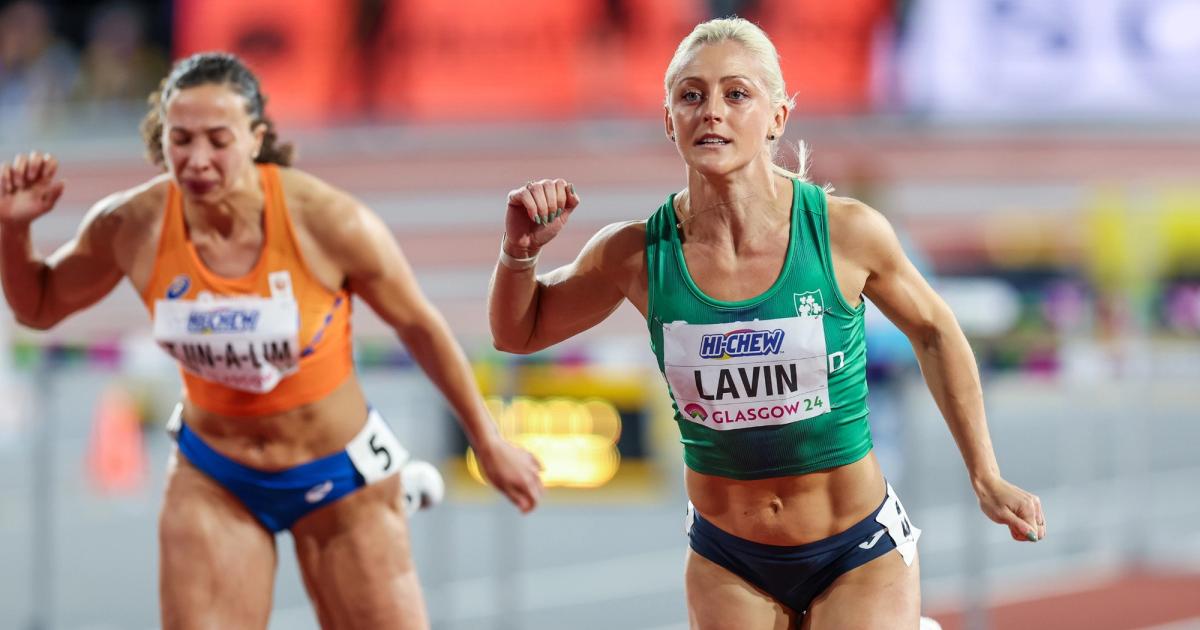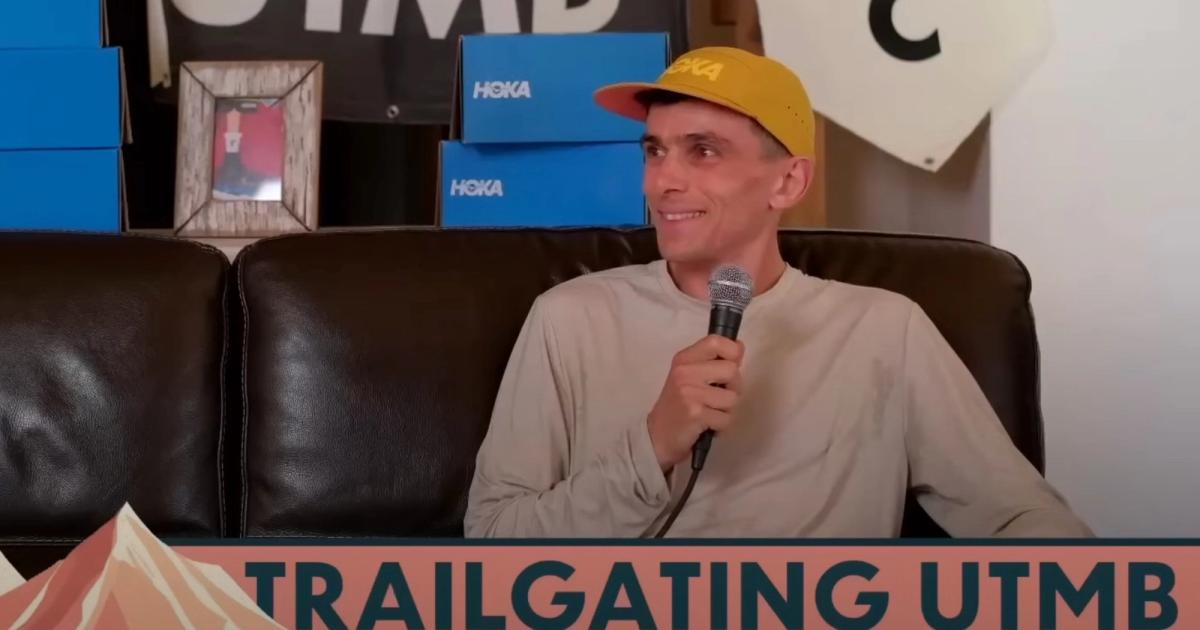By Paul Snyder
September 4, 2024
Congratulations are in order to Abrham Sime on his new world-best time of 4:14.36… in the mile steeplechase. Yep. The new middle distance event World Athletics wants to workshop was contested this past weekend in Fribourg, Switzerland, as part of a “Track Lab” event.
As the meet’s lab’s website promised, this was “...not a another meet, [it was] a lab.” Experimentation was prioritized over performance, and the goal of the meet was to explore the feasibility of several “innovations.”
What that ultimately included was – in addition to the mile steeplechase – a somewhat contrived team scoring component, significant changes to a couple of field events, and the elimination of the reaction time false start for the sprints and hurdles. The 800m received no structural tweaks, and honestly, it should be thankful.
Aside from some at times interesting camera angles, this real-life brainstorm didn’t inspire much hope that the changes on display are the ones that will elevate track and field’s stature in the sporting kingdom. You can watch the full broadcast here. If you’re only curious about the mile steeplechase (the meeplechase? the stile?), fast forward to the 1:32:38 mark. And if you wisely would prefer to take our word for it, here are the Lap Count Takes on our time in the lab.
The worst explored change to any single event in Fribourg was scoring the pole vault by “actual cleared height” rather than the usual “did you clear the bar?”
The pole vault is exciting specifically because of that brief moment of beautiful tension when the athlete is suspended in space, having just barely brushed the bar. It doesn’t take an expert, a slow-mo camera, or even an official to tell whether a vault was valid. The problem this change is trying to solve is “what if an athlete clears the bar by a considerable margin?” Guess what? In the pole vault as it exists today, if an athlete does clear a bar by a lot, they get to go again, at a higher height! Problem already solved.
The team concept is something actual fans have actually asked for, but it fell flat in this setting.
People don’t support their favorite NFL team because they want to root for a color. They slather on body paint and drop their paychecks on nosebleed tickets because their team represents their hometown, they enjoy watching the melding of different athletic specialties in the service of a singular goal, and it’s nice to have a weekly, social ritual. In a one-off event with no stakes, context, or storylines, you’ve gotta do more to make the team thing pop. It’s a concept with promise, but no one has quite figured out a way to make it stick outside of NCAA championships.
One good idea: making DQ reaction times make sense.
WA tried out the possibility of taking out the “faster than human capability” threshold of 0.100 seconds, instead going with the simpler “did you move before the gun went off?” This sort of DQ is probably something worth revisiting in the sprints and hurdles since it comes up and pisses everybody off frequently enough, however – we aren’t sure about getting rid of it entirely. But what do we know? You’re the lab! Conduct some studies and determine what the fastest possible human response time to a starter’s pistol actually is, scientifically. There’s no way it’s a nice round number like 0.1 seconds.
Spare a thought for the broadcast director cutting between 1,000 camera angles.
That poor soul – seemingly an overworked octopus in a swiveling chair – may have had more cameras to cut to and from than anyone in the history of track and field televising. Some of the shots were pretty neat! Some were less so. And ultimately, having options for cameras is nice, but they need to be in service of the viewing experience at home. During the 100m hurdles – a race that takes between 12 and 13 seconds to complete – the broadcast switched cameras four times. One of them was a drone that was chasing the athletes. But pretty useless in a straight-line race where a side view is really the only way to determine who’s gonna win. Rather than an Oscar-winning filmmaker producing a magnum opus, this felt more like a toddler jumping up and down saying “Hey mom – look what I can do!”
Who asked for this?
Credit where credit is due: the meet lab organizers went out on a series of limbs here to try new things. And while we agree that some changes need to be made to the sport if it wants to remain in the public eye outside of a quadrennial two-week blip, these aren’t those changes. We find it hard to believe that World Athletics conducted a meaningful survey of athletes, fans, or really, well, anyone, and these were the results. No casual TV viewer will choose to embrace track and field fandom because the long jump is now measured from any point within a designated 40cm zone as opposed to from a standardized line. The product is mostly great as it is – it’s the packaging that needs improvement.

Paul Snyder
Paul Snyder is the 2009 UIL District 26-5A boys 1600m runner-up. You can follow him on Bluesky @snuder.bsky.social.




